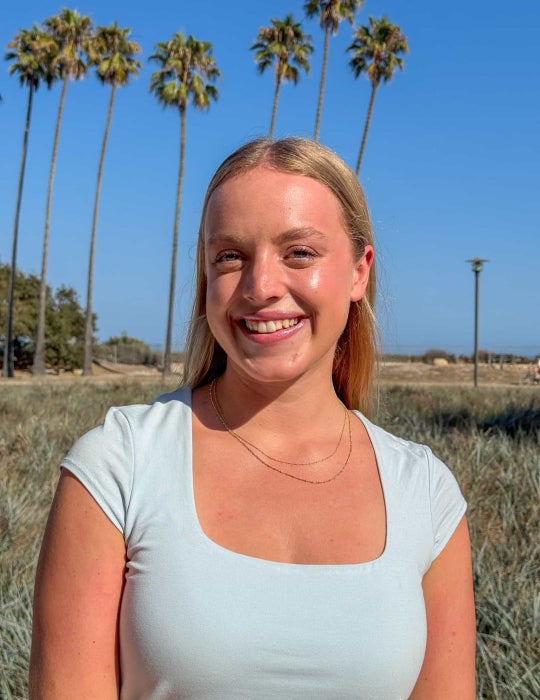Kelp Recovery Synthesis
California’s kelp forests, specifically two primary species of brown algae, giant kelp (Macrocystis pyrifera) and bull kelp (Nereocystis luetkeana), anchor coastal habitat, fisheries, and shoreline protection. After extreme marine heat and other stressors reduced kelp, especially in Northern California, practitioners across the state have launched a wave of recovery efforts. Spearheaded by the Kelp Restoration and Management Plan (KRMP), under development by the California Department of Fish and Wildlife in coordination with the California Ocean Protection Council, many initiatives are underway being supported by organizations like California Sea Grant, NOAA, National Science Foundation, amongst many other organizations. Dan and Mackenzie researched statewide kelp recovery efforts intended to be easily digestible to inform policy makers, community members, and kelp restoration professionals of efforts underway across the state and increase visibility of strategies and techniques used by each.
The team’s research goals were to create a database of all the currently implemented and ongoing kelp recovery efforts in California, organized by geographic region, North Coast (from Marin County to the CA-OR border), Central Coast (from San Francisco County to Point Conception), and South Coast (Point Conception to US-Mexico border) as well as technique archetype (grazer suppression, kelp enhancement and artificial reef). These case studies draw on primary and secondary sources about each project and were verified through interviews.
This report outlines a total of twenty-one case studies, six represented in the north coast, one with sites in the north and central coasts, two in the central coast, eight in the south coast and four case studies focused on supporting efforts in the state (falling outside of defined restoration archetypes). A total of nine initiatives utilized grazer suppression, five kelp enhancement, three artificial reefs, and three of which utilize both grazer suppression and kelp enhancement. Within each archetype used, multiple techniques could be employed and were highlighted in respective use cases. These efforts are supported by 90 organizations and encompass efforts from non-profit organizations, government agencies, and companies. One hundred project leads, partners, students and collaborators involved were identified across the 21 initiatives outlined.
Mackenzie and Dan’s Impacts:
- Conducted 25 interviews with members of the KRMP, project leads, and restoration professionals throughout the state
- Created a database of 21 case studies broken down by geography, restoration archetype, and specific techniques employed
- Organized information in comparison tables to help readers identify major similarities and differences between projects of the same archetype
- Compiled a database of 83 influential global kelp restoration publications and reports to supplement the report
- Presented synthesis report at the California Seaweed Festival, Mantell Symposium, and Western Society of Naturalists
- Drafted synthesis report including all research findings and suggestions for future directions
- Findings to be hosted on The Mysterious World of Bull Kelp for long term uptake


